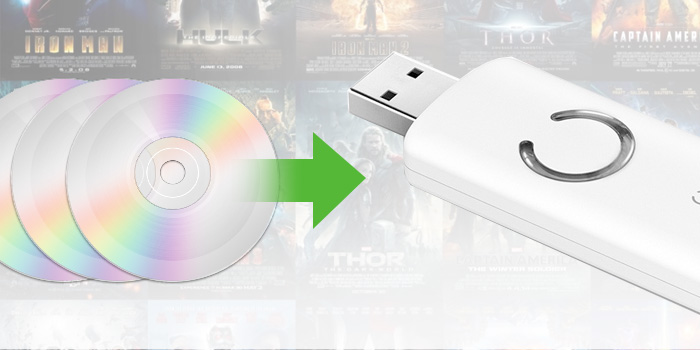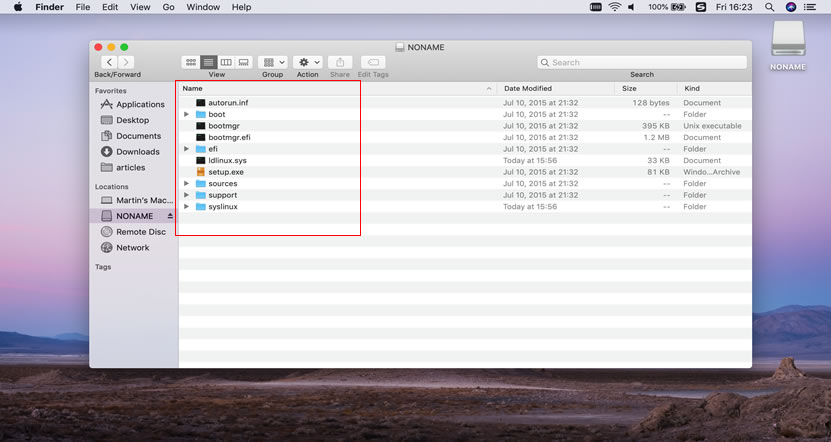

As of V1.5, imageUSB now supports extraction of ISO contents onto USB Drive.

A reformat can recover the drive however. So the direct imaging of ISO9660, Joliet or UDF file system, from a CD, to a USB drive, might not allow the USB drive to function in all operating systems. (*) CD ISO images use a different file systems compared to USB drives. In addition, imageUSB has the ability to reformat even hard to format drives and reclaim any disk space that may be lost previously. Or alternatively to just Zero the MBR and/or GPT entries that exists on the drive. This will replace the contents of the entire drive with 0s. ImageUSB includes functionality to Zero a USB Flash Drive. ImageUSB can perform flawless mass duplications of all UFD images, including bootable UFDs. Unlike other USB duplication tools, ImageUSB can preserve all unused and slack space during the cloning process, including the Master Boot Record (MBR). ImageUSB can also be used to install OSFClone to a USB Drive for use with PassMark OSForensics™.

ImageUSB also supports writing of an ISO file byte by byte directly to an USB drive (*). Capable of creating exact bit-level copies of USB Flash Drive (UFDs), ImageUSB is an extremely effective tool for the mass duplication of UFDs. If you have Homebrew or MacPorts, you can get a progress bar by installing the "pv" command and using that instead of "cat".ImageUSB is a free utility which lets you write an image concurrently to multiple USB Flash Drives. No progress is shown while writing this way.

You will be prompted for the administrator's password. r is for raw disk, as writing to /dev/rdisk2 is much faster than writing to /dev/disk2. dev/rdiskN is the same disk you have found previously, with an r in front. # sudo sh -c "cat /path/to/downloaded.iso > /dev/rdiskN" Where /dev/diskN is the one you have found in previous step as per our example it would be "/dev/disk2". In this case "/dev/disk2" is the one we want. Then note the corresponding /dev/diskN, where "N" is for index of your disk. This will print out the list of currently mapped devices/partitions. Plug-in your USB stick and find what "/dev/diskN" it is mapped to by opening Terminal (where "N" stands for "disk0", "disk1", "disk2" etc). It now contains a bootable openSUSE installation media. The process of burning can last from 1 to up to 30 minutes depending on your drive and on the iso file. The drive can be reformatted and used as a normal drive again after the setup is finished. Warning: All data on the drive will be destroyed.


 0 kommentar(er)
0 kommentar(er)
